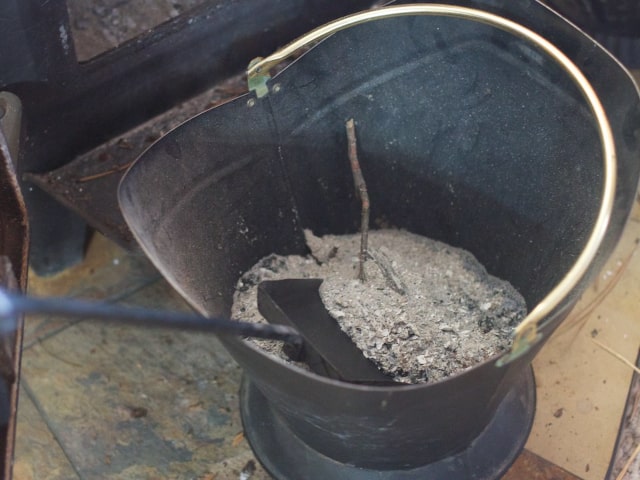
Many people uses fireplaces of wood stoves, especially during winter. It results in a great amount of wood ash. You can use this excess wood ash in your garden, to benefit your plants. Wood ashes contain potassium and also, depending on the wood variety, some quantities of phosphorus and magnesium. If you use it in the garden you can successfully raise soil pH. This can be very beneficial for your garden.
You can use wood ashes to raise the pH of the soil, making it more alkaline, which is a good thing for many plants. This "sweetening" of the soil will sure help your garden or a lawn. If you have excessive wood ashes, this is a great way to use it.
Just like in humans, potassium regulates plants' water balance and helps transporting food within the plant as well as creating sugars and starches. Without enough potassium, vegetables and other plants are more vulnerable to drought, frost, diseases and pests.
How to Use Wood Ashes
An average cord of wood can make about 20 or 30 pounds of ashes. You can use this ashes to benefit your garden.
If you wish to use wood ashes, don't forget to keep them in a safe, fireproof container. You should remember that potash is extremely soluble, so it's important to be kept dry before you use it. It includes before adding wood ashes to the compost heap. You should never leave the ashes out in the rain because all the potash will be washed out so you'll be left with a sticky, useless sludge.
When using wood ashes, it's important to dose them accurately. If you have a small garden and your supply of ashes is large, watch out. Don't overdo it. You should never use more than about 20 pounds per 1,000 square feet each year. It amounts to about 1/4 to 1/2 inch of ashes per year.
Generally speaking, hardwood produces more ash and contain more nutrients than softwood. Different wood ashes also have different potash and calcium carbonate content.
Sprinkling ash straight onto the soil is helpful when it comes to controlling pests, such as slugs and snails. It's best to add ash to the soil in spring and autumn, though you can spread it around plants whenever it's available or whenever you think it would be beneficial. Root vegetables (such as carrots, peas, beans and parsnips) appreciate potash. If you have only a little potash, you can use it to dessert apples, redcurrants and gooseberries. You may also add a bit to cooking apples, pears, raspberries, strawberries and blackberries. Fruits that don't need much ashes are plums, apricots, cherries and blackcurrants.
Before using wood ashes, it's best to test your soil to see if its pH range is below 7.5. If you don't do it you might overdo the wood ashes accidentally, which can lead to numerous soil-related problems.
Adding Wood Ashes to a Compost Heap
Wood ashes also make a great addition to the compost heap. They will add fertility. If you have lots of wood ashes, don't add them all at once to the compost heap because they are alkaline and made for raising the pH too much. It can affect the bacteria and worms at work. Therefore, it's best to keep ashes in a container nearby and sprinkle a little every now and then.
In case you want to compost a lot of acidic material (for example, fruit waste), the ashes will help to keep the compost at the lower pH values. It will reduce the need to lime the vegetable plots later.
Where to Use and Not to Use Wood Ashes
This rate is safe for yearly treatments. You should use ashes on deciduous trees and shrubs, perennial bulbs, annuals and vegetables (except potatoes). Don't use wood ashes on acid-loving plants such as azaleas, junipers, conifers, camellias, blueberries or rhododendrons.
It's important to keep in mind that wood ashes are alkaline. It means they should not be used if your soil already has a pH of 7.5 or greater. There is no use in spreading it on acid-loving plants. It's also not recommended for areas where you want to grow potatoes. Potatoes enjoy lots of potassium but increased alkalinity can encourage the fungus, potato scab.
Photo credit: Alan Levine
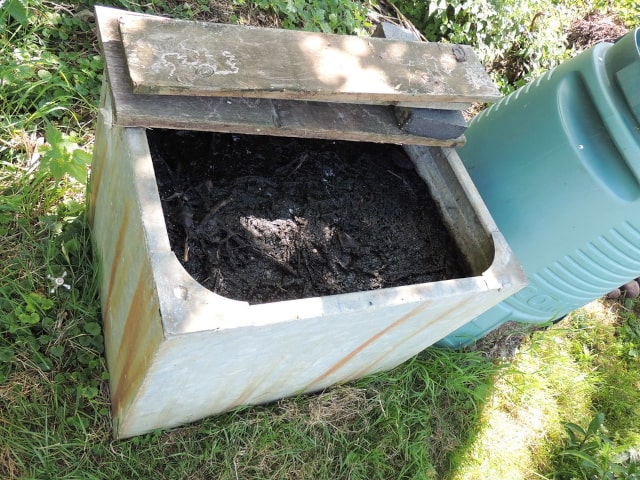
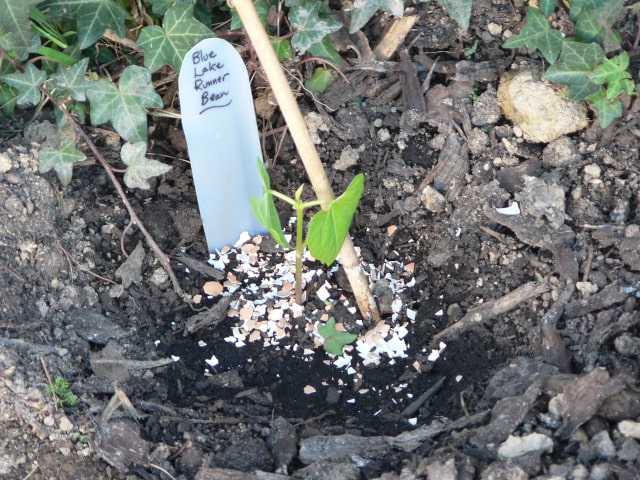
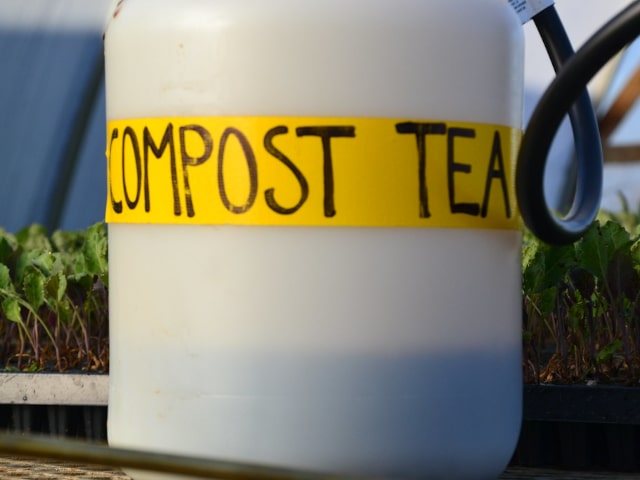
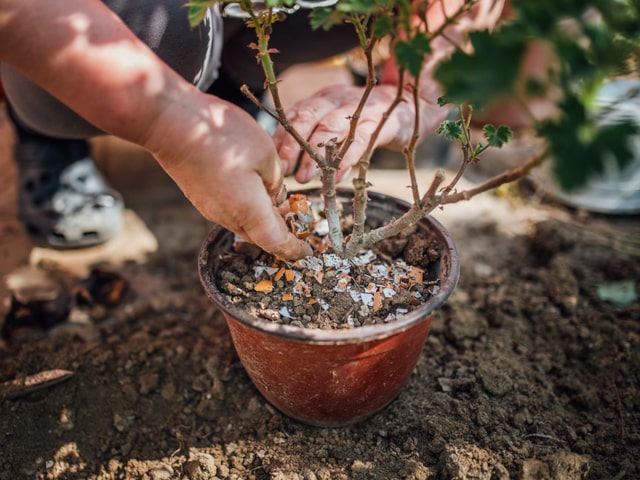
0 Comments